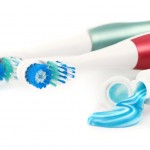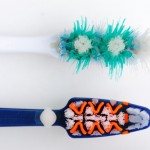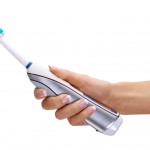
Tooth decay and gum disease are two of the commonest, but preventable diseases known to man. Regular and effective toothbrushing play an important role in the prevention of these diseases. Powered toothbrushes (PTBs) have been available since the 1960s and the question of whether they are better than manual toothbrushes (MTBs) has been with us [read the full story…]

